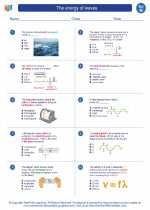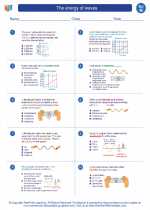Quaternary Period
The Quaternary Period is the most recent geological time period, spanning from about 2.6 million years ago to the present day. It is characterized by the presence of large ice sheets and the emergence of modern humans. The Quaternary Period is divided into two epochs: the Pleistocene and the Holocene.
Key Concepts
- Glacial Cycles
- Extinctions and Adaptations
- Human Evolution and Migration
- Climate Change
The periodic advance and retreat of ice sheets during the Pleistocene epoch had a profound impact on the Earth's climate and landscape. Understanding the causes and effects of glacial cycles is crucial to comprehending the environmental changes that occurred during this time.
The Quaternary Period witnessed the extinction of numerous megafauna species, such as mammoths, saber-toothed cats, and giant ground sloths. Studying the factors that led to these extinctions, as well as the adaptations of surviving species, provides insight into the dynamics of ancient ecosystems.
The emergence and spread of modern humans during the Quaternary Period is a central focus of study. Exploring the archaeological and genetic evidence for human migration patterns and cultural developments sheds light on our species' evolution and its impact on the environment.
The Quaternary Period is characterized by fluctuations in global climate, including periods of both glaciation and interglacials. Investigating the causes and consequences of these climatic shifts is essential for understanding the Earth's dynamic climate system.






